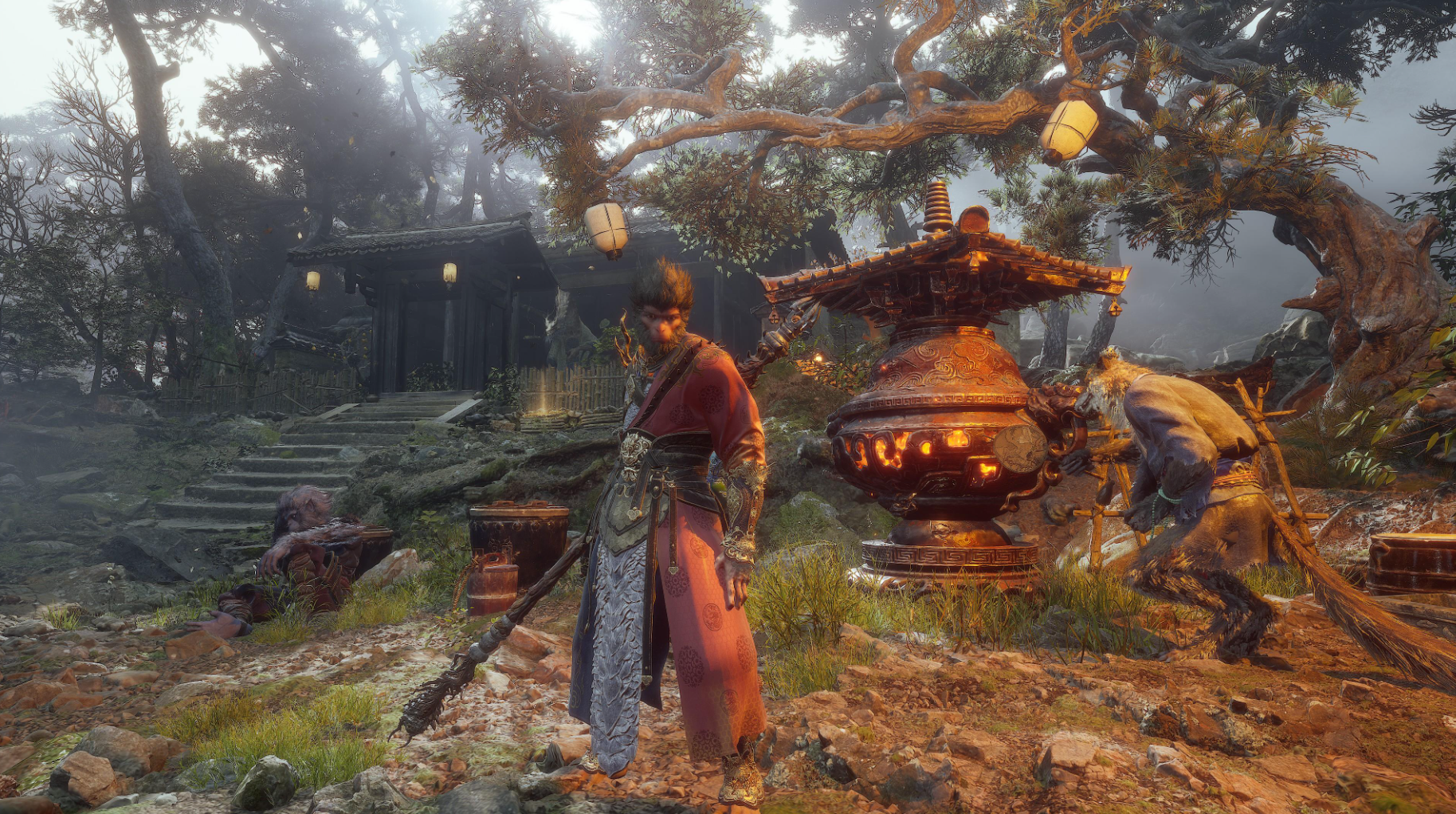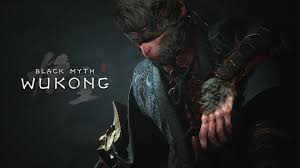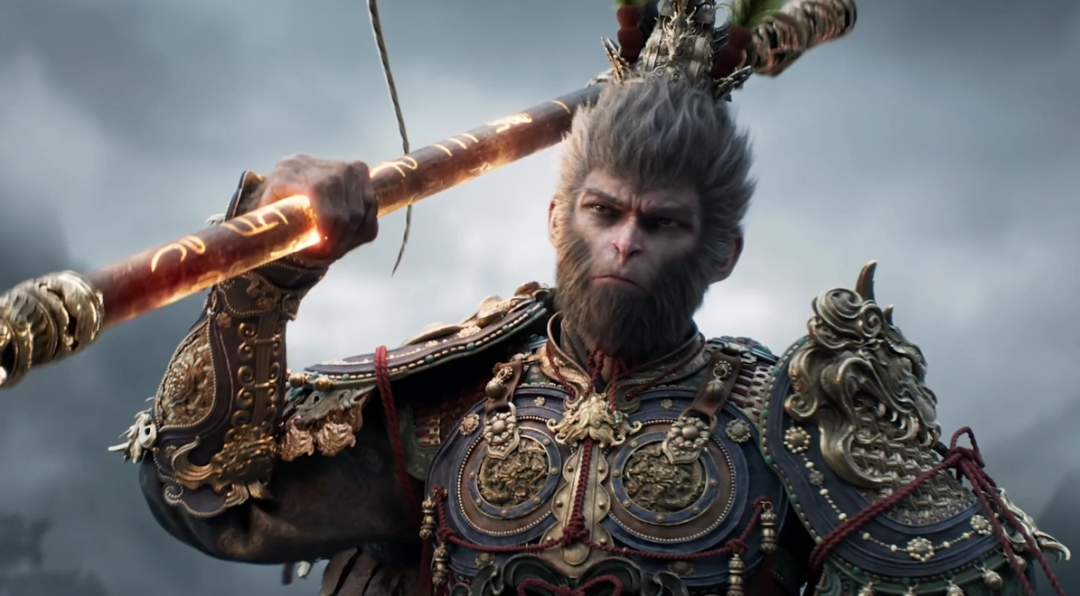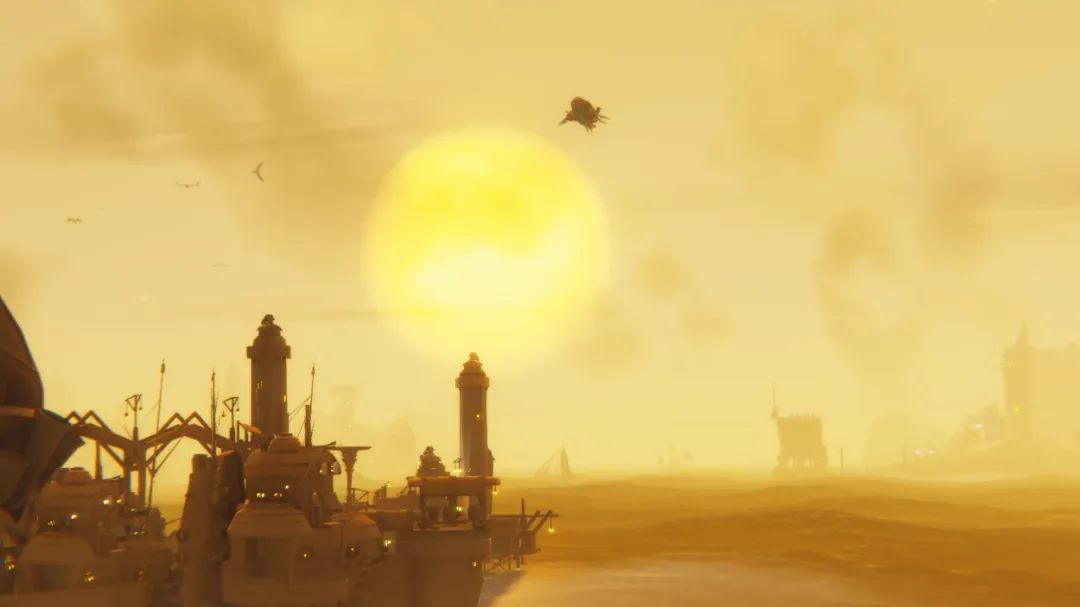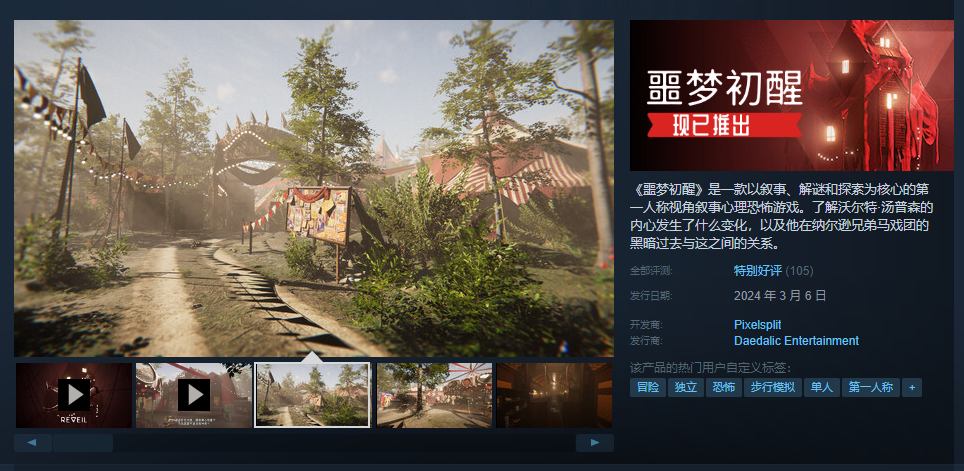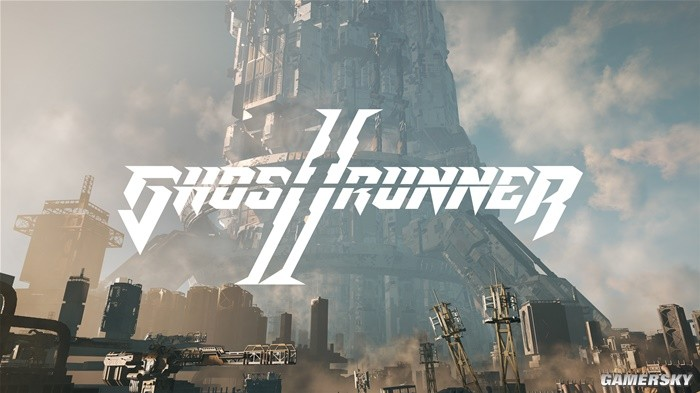
Ghost Walker 2 is an almost perfect sequel that inherits all the best parts of its predecessor
Playing Ghost Walker 2 feels like taking part in a Cyber Shugyo. But it’s not like a traditional samurai who comes to enlightenment under a cold waterfall, it’s a novel perspective: in the middle of a futuristic city full of electronic illusions, you’ll hone your sword and body in life-and-death battles with a katana in hand, or you’ll drive a high-speed motorcycle in a barren wasteland in a post-apocalyptic, romanticized journey in search of the meaning of a mechanical life.
This is the fully upgraded Ghost Walker 2, a grander, flashier, and more fun sequel. Although its core gameplay is still inherited from the most retro, traditional, and difficult platform jumping + cleansing mode, but the excellent next-generation graphics and silky smooth feel, so that even if the player experienced dozens of hundreds of failures, but also can not stop - in the “fast” and “challenge”! Ghost Walker 2 strikes a delicate balance between “fun” and “challenge”.
Meeting Dharma
One of the things I admire about the Ghost Walker series is that it’s the kind of “pure” gameplay that’s so valuable today. There’s no numerical growth, enemies are one-hit kills from start to finish (except for bosses), and there are no complex quests or subplots, so you can get through the game without reading a single line. Here, the only thing that drives players forward is the pure gameplay mechanics.

Ghost Walker 2’s level design maintains a similar structure to that of Generation 1: nimble parkour and tough combat interspersed or running parallel to each other. The parkour portion, like all 3D platform-jumping games, requires short bursts of time to find paths between continuously moving platforms or to hunt for slits in complex traps that you can pass through.
There’s even a section of the game’s flow that requires the player to have to manually switch between the display and disappearance of the platforms in front of them, adding in sprinting, sliding, jumping, dodging enemy attacks, and other actions halfway through. I went from fumbling at the beginning to moving in a single motion, almost to the point of perfection. There was a moment after the fight when my hands didn’t feel like my own.
The puzzle element is also significantly reduced, or at least not as much of a connect-the-dots puzzle mind game as its predecessor. Most of the puzzles rely more on the player’s observation and reflexes - after all, hack-and-slash games really don’t require a brain to play.
Enemy design is slightly more disappointing. Most of the enemies are either copied from the first generation or are weaker versions of some of the boss mechanics. Enemy AI behavior remains simple, with little to no interaction with the player. However, a game with such low margin for error can be difficult if too many enemies with complex mechanics are included, and a flying monster with dense missiles in the later stages of the game often broke my defenses. This game also kind of balances the difficulty of one-hit kills to make a scenario that’s a fair experience.
The boss battles have more design than in the previous game. At least the “dodge half an attack and then slash back” turn-based combat is no longer a constant throughout the entire game, and there are plenty of chances for you to chase after the boss and output continuously. The performances have been greatly enhanced, with a motorcycle boss battle in the middle of the game that is so visually atmospheric that you’ll want to go back and revisit it a few times after you’ve passed the level.
You heard right, players have the opportunity to break out on a motorcycle in this game. But with a place as small as Dharma City, a motorcycle obviously won’t cut it, and this Ghost Walker tour naturally expands outside of Dharma City.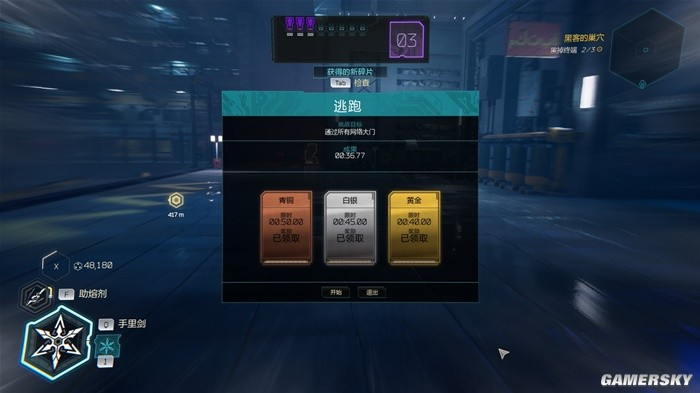
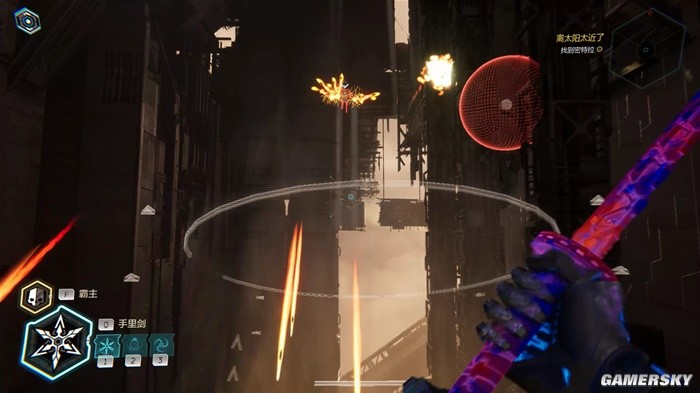
The Spherical Wilderness
The most surprising thing about Ghost Walker 2 is that while it takes into account the traditional linear levels, it also adds a large map design like “The Wilderness”. Unlike the seemingly grand but actually small and confined cyber city “Dharmata”, this “wilderness” is a truly non-linear exploration of the large map + small box court design.
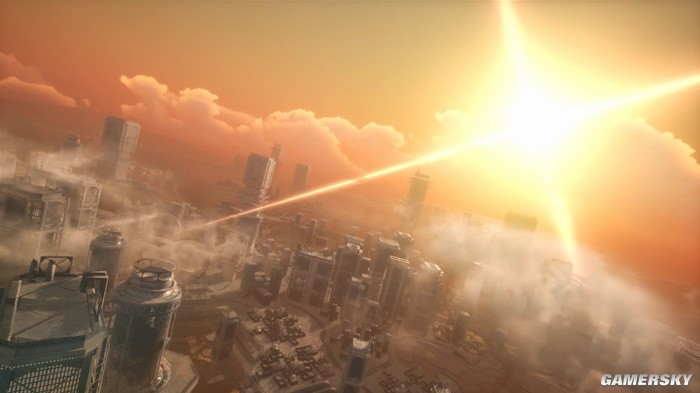
The combination of these two designs works well in the game. Halfway through a motorcycle ride, you suddenly notice a collectible on the side of the road, and when you get off the bike and enter a building, you find a nice looking sword skin and a few ambushed enemies inside. That’s something you wouldn’t even think of in Ghost Walker 1.
Unfortunately, there are only one or two large maps like this in the entire game, although it’s long and almost equal to three times the size of a normal level. Truth be told, with one or two impressive map designs like this, this game is already much stronger than Generation 1, which had a relatively repetitive visual style.
The game is also packed with levels and battles centered around a new vehicle, the motorcycle. Driving the motorcycle is quite fast and challenging - the track is winding and has plenty of enemies and obstacles attached to it. Sometimes the player will need to actively get off the bike and hitch up the impassable broken road in front of them before continuing. In some places, you’ll even have to speed up and jump off the bike to let it pass first, then use the hook claw to get back on, which is such a cool feeling to have to navigate.
While the motorcycle levels are a blast to run, there are a few details that make for a poor experience. For example, there are some notable issues with the motorcycle’s collision and physics, often getting stuck on some abandoned cars and steel pipes on the side of the road that don’t move. There are also some occasional visual obstructions: when the player is climbing a hill or driving through a pipe, their field of vision is severely limited, and it’s possible that they won’t be able to see the space and obstacles above them resulting in a car crash.
For plotters, the plot in the wilderness complements the worldview of Ghost Walker, detailing the origins of Ghost Walker and what kind of apocalypse is happening in the world outside of the Dharma Tower, with a number of nods to classic science fiction novels. The motorcycle ride through the apocalyptic wilderness is quite different from playing as a cyber-samurai wandering through the eaves of a house, and brings a different concept of sci-fi aesthetics to the game. All in all, for a sci-fi fan like me, Ghost Walker 2 is worth the price of admission for the art design alone with these sci-fi elements.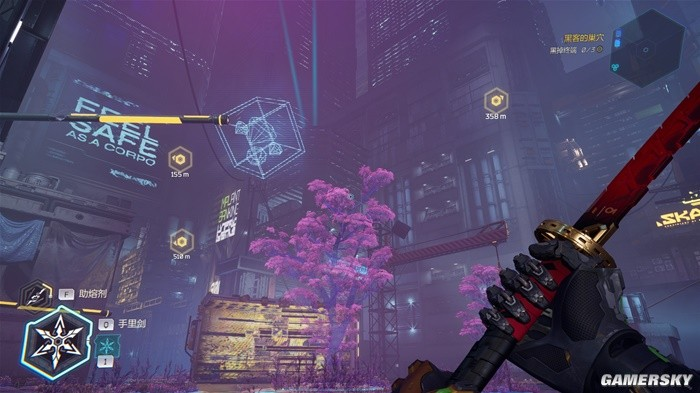

Dreams of Ebis
The new skill tree in this game is a departure from the “Tetris puzzle” of the first generation, with a more advanced modular design. Simply put, skills can be purchased directly from the store, and collecting chips from levels will upgrade memory capacity and chip capacity. When setting up skills, combining skills of the same type can sometimes produce additional effects, but may also bring more limitations.
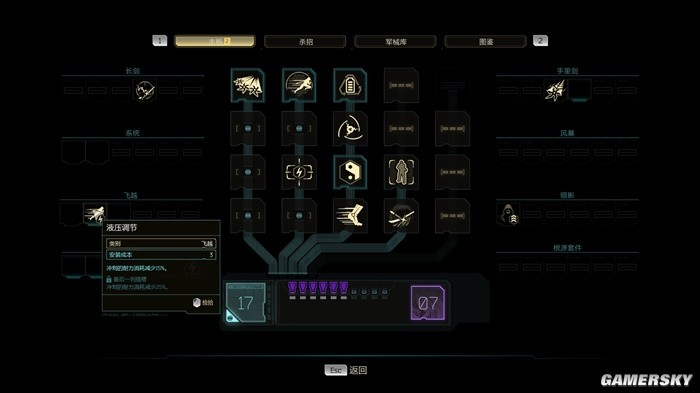
The design of skills also remains the same as in Generation 1, bringing more gameplay changes than numerical enhancements. For example, players can choose to give up their blocking ability to double their combo count, creating a reckless set that returns energy from consecutive kills and has one-time invincibility. Or you can modify the “Shuriken” skill so that you can throw three shurikens per release (more like Genji from Overwatch) to hit more enemies and have the throws return the same way they came in; or you can tweak the “Storm” skill so that the player can be catapulted out in the opposite direction, making the “Storm” skill more useful for the player. Or adjust the “storm” skill so that the player can be ejected in the opposite direction by the skill, realizing the effect of “rocket jump”. The skills in this game have more depth and diversity in both design and application, and each player can find a unique skill school according to their own playing habits.
In addition, for those who can’t get enough of the main game, there is a new game mode called “Meat Pigeon Walker.exe”. You can think of it as a built-in Roguelike mini-game.
The game plays like any Rogue game you’ve ever played, initially allowing the player to choose a route like “climbing a tower”, and each time they complete a level, they earn extra lives or skill upgrades. These upgrades can be quite effective, such as the unlimited two jumps that players in the main game can’t get enough of, or the skill that makes the darts rotate around you to form a protective shield. There are also some effects lifted from the skill tree, such as moving faster the more enemies you kill.
Still, the overall design of the mini-game is a bit lacking in heart. For one thing, the terrain composition of the levels is fixed rather than randomly generated, and the total number of terrains isn’t great. Further, there are only two ways to play in Rogue mode, parkour and arena (kill), and the level organization doesn’t have a lot of character. By the time you’ve played two or three rounds, you’ll have seen a bunch of repetitive terrain and enemies. Perhaps the only driver for continued play is the decorative skins that are rewarded when you beat Rogue mode.
It must also be noted that Ghost Walker has some issues with optimization. The version of the game used for the review, with DLSS quality and full high effects turned on on a 3070 graphics card, enjoys a frame rate of around 2K+120 for most levels. However, it is still possible to experience stuttering and frame dropping issues when new scenes are loaded, new enemies appear, or when certain effects are high. In the worst cases, the game may even report errors and flashback outright.
In a game that’s all about smoothness and a sense of speed, the negative feedback from this kind of lag can be quite severe. And it looks very much like a shader pre-rendering issue (similar to Io Protocol), which will hopefully be fixed in the official release.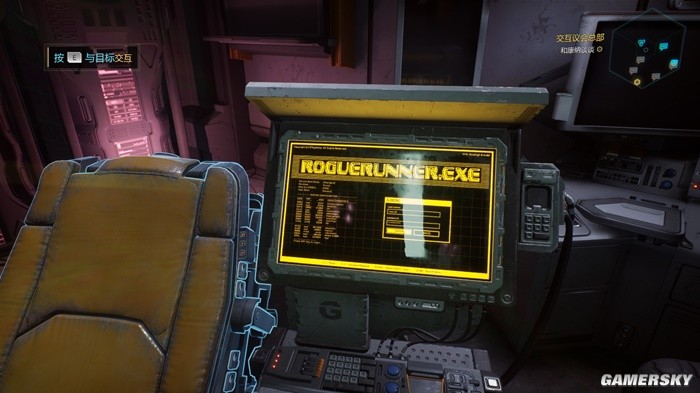
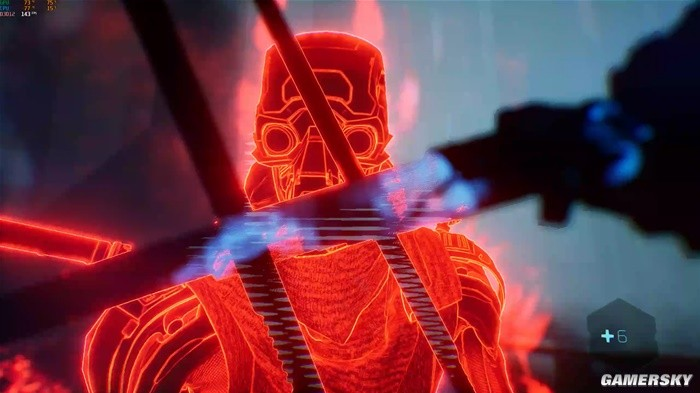
Conclusion
Ghost Walker 2 is an almost perfect sequel that carries over everything that made its predecessor great and qualitatively improves on level design, performances and gameplay. Surprisingly, there are also two box-structured non-linear levels that flesh out the world both inside and outside of Dharma City.
Though the game’s additional Rogue mode is mediocre and also still suffers from some optimization issues. But if you want to play as a cyber-wanderer in a towering cyber metropolis who sharpens his katana to take out hordes of enemies, after Cyberpunk 2077, I’m afraid only Ghost Walker 2 can fulfill that delusion again.

